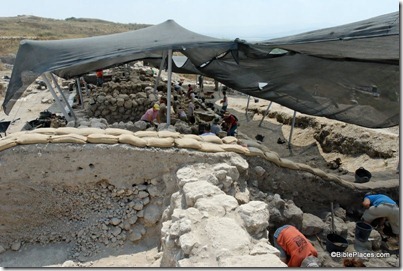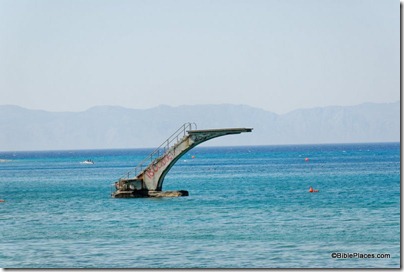From Jerusalem Post:
Excavators digging for a new railway station deep under the surface of central Jerusalem have discovered what geologists say is the largest underground river ever found in Israel. And while its deep canyons and waterfalls may be an impressive find for scientists, it doesn’t contain a significant amount of the precious fluids to affect the water balance in this traditionally parched city. “We found a nice but small underground river,” Professor Amos Frumkin, head of the Cave Research Unit of the Hebrew University’s Department of Geography, told The Media Line.
“In terms of Israel, it’s the longest underground stream that we have ever seen. It is a kind of a canyon that has been cut by the stream of the water over a long period of time, maybe millions of years,” Frumkin said. Frumkin and his team were called upon by Israel Railways after its engineers chanced upon the cave while excavating an 80-meter (260-foot) shaft close to the city’s main convention center and central bus station that is being drilled for a huge, underground station that will serve the high-speed Jerusalem-Tel Aviv railway.
The story continues here. Leen Ritmeyer noted the Haaretz article of this discovery last week.

